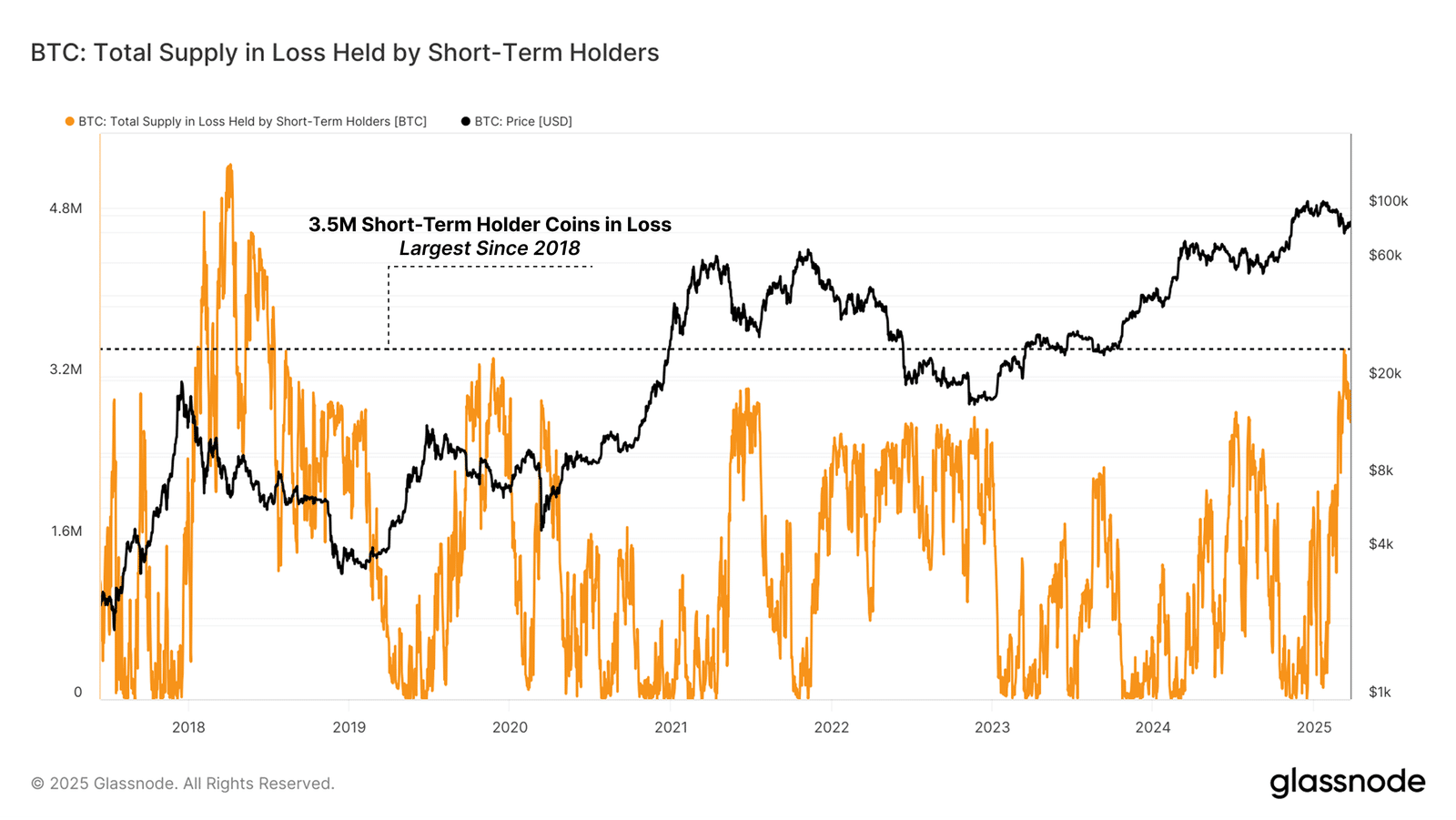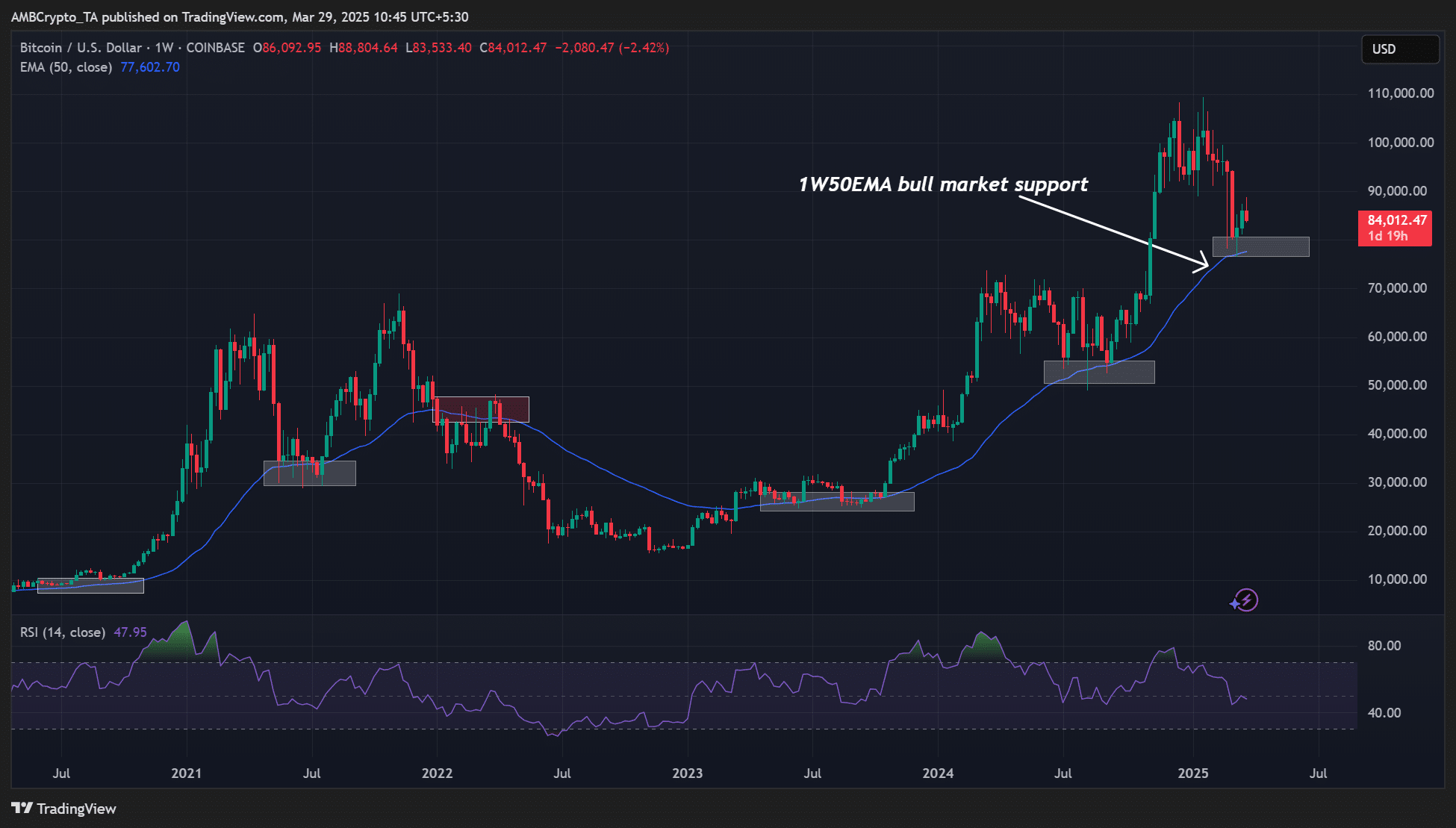| COINOTAG recommends • Exchange signup |
| 💹 Trade with pro tools |
| Fast execution, robust charts, clean risk controls. |
| 👉 Open account → |
| COINOTAG recommends • Exchange signup |
| 🚀 Smooth orders, clear control |
| Advanced order types and market depth in one view. |
| 👉 Create account → |
| COINOTAG recommends • Exchange signup |
| 📈 Clarity in volatile markets |
| Plan entries & exits, manage positions with discipline. |
| 👉 Sign up → |
| COINOTAG recommends • Exchange signup |
| ⚡ Speed, depth, reliability |
| Execute confidently when timing matters. |
| 👉 Open account → |
| COINOTAG recommends • Exchange signup |
| 🧭 A focused workflow for traders |
| Alerts, watchlists, and a repeatable process. |
| 👉 Get started → |
| COINOTAG recommends • Exchange signup |
| ✅ Data‑driven decisions |
| Focus on process—not noise. |
| 👉 Sign up → |
-
Bitcoin’s recent fluctuations as it navigates key support levels have captured the attention of both investors and analysts alike.
-
With the immediate price pressures stemming from macroeconomic indicators and geopolitical tensions, the outlook for Bitcoin remains cautiously optimistic.
-
According to analysts from Coinbase, the price could stabilize around the $78k to $88k range, reflecting a period of uncertainty impacted by external factors.
Bitcoin faces critical price pressures due to fluctuating macroeconomic indicators and potential geopolitical tensions, with analysts forecasting range-bound trading ahead.
Bitcoin’s Price Dynamics Amid Macro Pressures
The recent dip in Bitcoin’s price below $84k can be significantly attributed to the stronger than expected PCE inflation data released during the U.S. trading session. This data has led to a corresponding drop in the Nasdaq index, informing investor sentiment and behavior in the cryptocurrency market. With macroeconomic stability still uncertain, investors find themselves grappling with the implications of President Trump’s upcoming tariff decisions.
The Impact of U.S. Inflation on Cryptocurrency Sentiment
The PCE inflation rate, often viewed as a leading indicator of economic health, has triggered a reassessment of risk among investors. As noted by Coinbase analysts, the historical data suggests that April through June often presents increased volatility for cryptocurrencies. This pattern normalizes a cautious approach to trading, particularly for those new to the market. As stated, “We anticipate range-bound trading at least until April 2nd, the deadline for President Trump’s tariffs.” This suggests that many investors may choose to wait before making significant trades, thereby maintaining a static market condition until external decisions solidify.
Short-Term Holder (STH) Distress and Market Stability
Analysis from Glassnode reveals that the short-term holder distress is reaching a critical point, with losses mounting for those who purchased Bitcoin at its recent highs of $90k or $100k. The volume of BTC held in loss by these short-term investors has surged to 3.4 million BTC, which is indicative of the profound market pressures that have emerged over recent weeks.
| COINOTAG recommends • Professional traders group |
| 💎 Join a professional trading community |
| Work with senior traders, research‑backed setups, and risk‑first frameworks. |
| 👉 Join the group → |
| COINOTAG recommends • Professional traders group |
| 📊 Transparent performance, real process |
| Spot strategies with documented months of triple‑digit runs during strong trends; futures plans use defined R:R and sizing. |
| 👉 Get access → |
| COINOTAG recommends • Professional traders group |
| 🧭 Research → Plan → Execute |
| Daily levels, watchlists, and post‑trade reviews to build consistency. |
| 👉 Join now → |
| COINOTAG recommends • Professional traders group |
| 🛡️ Risk comes first |
| Sizing methods, invalidation rules, and R‑multiples baked into every plan. |
| 👉 Start today → |
| COINOTAG recommends • Professional traders group |
| 🧠 Learn the “why” behind each trade |
| Live breakdowns, playbooks, and framework‑first education. |
| 👉 Join the group → |
| COINOTAG recommends • Professional traders group |
| 🚀 Insider • APEX • INNER CIRCLE |
| Choose the depth you need—tools, coaching, and member rooms. |
| 👉 Explore tiers → |
The Risk of Capitulation Events in the Crypto Market
Analysts are increasingly concerned about the potential for a market-wide capitulation event, following the recent trends in short-term holder activity. The option trading landscape, characterized by growing demand for put options, signals that traders anticipate further downside risks. As detailed in data from Amberdata, the current risk reversal values for the upcoming options expiry illustrate market sentiment leaning toward bearish outcomes. “Simply put, speculators are expecting potential dips in early April,” which could further influence market stability.

| COINOTAG recommends • Exchange signup |
| 📈 Clear interface, precise orders |
| Sharp entries & exits with actionable alerts. |
| 👉 Create free account → |
| COINOTAG recommends • Exchange signup |
| 🧠 Smarter tools. Better decisions. |
| Depth analytics and risk features in one view. |
| 👉 Sign up → |
| COINOTAG recommends • Exchange signup |
| 🎯 Take control of entries & exits |
| Set alerts, define stops, execute consistently. |
| 👉 Open account → |
| COINOTAG recommends • Exchange signup |
| 🛠️ From idea to execution |
| Turn setups into plans with practical order types. |
| 👉 Join now → |
| COINOTAG recommends • Exchange signup |
| 📋 Trade your plan |
| Watchlists and routing that support focus. |
| 👉 Get started → |
| COINOTAG recommends • Exchange signup |
| 📊 Precision without the noise |
| Data‑first workflows for active traders. |
| 👉 Sign up → |
Source: Glassnode
The Importance of Technical Support Levels in Q2
Despite the challenges faced by Bitcoin, the cryptocurrency has shown resilience by maintaining crucial technical support. The weekly 50-day exponential moving average (1W50EMA) has historically acted as a pivotal support level during past bull runs. As noted, “Simply put, Bitcoin’s overall market structure is still bullish.” Nevertheless, should the price break below this metric, it could signal a shift toward a bearish trajectory, alerting traders to reassess their exposure and investment strategies moving into Q2.
| COINOTAG recommends • Traders club |
| ⚡ Futures with discipline |
| Defined R:R, pre‑set invalidation, execution checklists. |
| 👉 Join the club → |
| COINOTAG recommends • Traders club |
| 🎯 Spot strategies that compound |
| Momentum & accumulation frameworks managed with clear risk. |
| 👉 Get access → |
| COINOTAG recommends • Traders club |
| 🏛️ APEX tier for serious traders |
| Deep dives, analyst Q&A, and accountability sprints. |
| 👉 Explore APEX → |
| COINOTAG recommends • Traders club |
| 📈 Real‑time market structure |
| Key levels, liquidity zones, and actionable context. |
| 👉 Join now → |
| COINOTAG recommends • Traders club |
| 🔔 Smart alerts, not noise |
| Context‑rich notifications tied to plans and risk—never hype. |
| 👉 Get access → |
| COINOTAG recommends • Traders club |
| 🤝 Peer review & coaching |
| Hands‑on feedback that sharpens execution and risk control. |
| 👉 Join the club → |

Source: BTC/USD, TradingView
Conclusion
The interplay between macroeconomic developments and investor sentiment remains critical for Bitcoin as it approaches crucial thresholds in Q2. The reaction to upcoming U.S. tariff decisions, coupled with the technical indicators, will significantly shape BTC’s trajectory. Currently, while Bitcoin’s structure appears bullish, traders must closely monitor the support levels to avoid being caught in potential market downturns.
| COINOTAG recommends • Members‑only research |
| 📌 Curated setups, clearly explained |
| Entry, invalidation, targets, and R:R defined before execution. |
| 👉 Get access → |
| COINOTAG recommends • Members‑only research |
| 🧠 Data‑led decision making |
| Technical + flow + context synthesized into actionable plans. |
| 👉 Join now → |
| COINOTAG recommends • Members‑only research |
| 🧱 Consistency over hype |
| Repeatable rules, realistic expectations, and a calmer mindset. |
| 👉 Get access → |
| COINOTAG recommends • Members‑only research |
| 🕒 Patience is an edge |
| Wait for confirmation and manage risk with checklists. |
| 👉 Join now → |
| COINOTAG recommends • Members‑only research |
| 💼 Professional mentorship |
| Guidance from seasoned traders and structured feedback loops. |
| 👉 Get access → |
| COINOTAG recommends • Members‑only research |
| 🧮 Track • Review • Improve |
| Documented PnL tracking and post‑mortems to accelerate learning. |
| 👉 Join now → |









